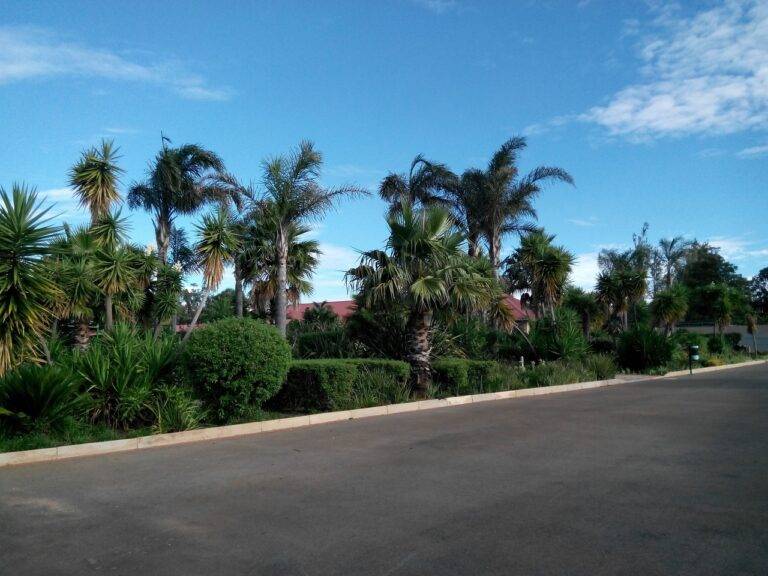Trends in Sustainable Outdoor Fitness Trail Surface Materials: Implications for Businesses: Allpanelexchange, Lotus365 book, Laser book 247
allpanelexchange, lotus365 book, laser book 247: Outdoor fitness trails have gained popularity in recent years, with more and more individuals opting for outdoor exercise options that offer a break from traditional indoor gym settings. As the demand for sustainable and eco-friendly products continues to grow, businesses in the fitness industry are exploring new trail surface materials that are both durable and environmentally friendly.
One of the trends in sustainable outdoor fitness trail surface materials is the use of recycled rubber. This material is made from old tires that would otherwise end up in landfills, making it a great eco-friendly option. Recycled rubber is also durable, providing a cushioned surface for runners and walkers, reducing the risk of injuries. Many fitness trail manufacturers are now incorporating recycled rubber into their trail surfaces, making it a popular choice among businesses looking to go green.
Another popular trend in sustainable trail surface materials is the use of pervious concrete. This material allows water to pass through, reducing runoff and helping to mitigate flooding. Pervious concrete is also durable and long-lasting, making it a great option for outdoor fitness trails that see a lot of foot traffic. Businesses are increasingly opting for pervious concrete as a sustainable alternative to traditional trail surfaces like asphalt or gravel.
A third trend in sustainable trail surface materials is the use of natural grasses and vegetation. Some businesses are opting to forgo traditional trail surfaces altogether, instead opting for a more natural approach. Natural grasses and vegetation can provide a soft and cushioned surface for trail users, while also helping to absorb carbon dioxide and reduce air pollution. While this option may require more maintenance, it can provide a unique and eco-friendly experience for trail users.
In conclusion, businesses in the fitness industry are increasingly looking towards sustainable outdoor fitness trail surface materials to meet the growing demand for eco-friendly options. Recycled rubber, pervious concrete, and natural grasses and vegetation are just a few of the trends that businesses are exploring. By incorporating these sustainable materials into their outdoor fitness trails, businesses can attract environmentally conscious consumers and contribute to a more sustainable future.
FAQs
Q: Are sustainable trail surface materials more expensive than traditional materials?
A: While some sustainable trail surface materials may have a higher initial cost, they can often be more cost-effective in the long run due to their durability and lower maintenance requirements.
Q: How can businesses incorporate sustainable trail surface materials into their existing fitness trails?
A: Businesses can work with trail surface manufacturers and contractors to explore options for incorporating sustainable materials into their existing fitness trails.
Q: What are the environmental benefits of using sustainable trail surface materials?
A: Sustainable trail surface materials can help reduce waste, mitigate flooding, and improve air quality, contributing to a healthier planet for generations to come.







